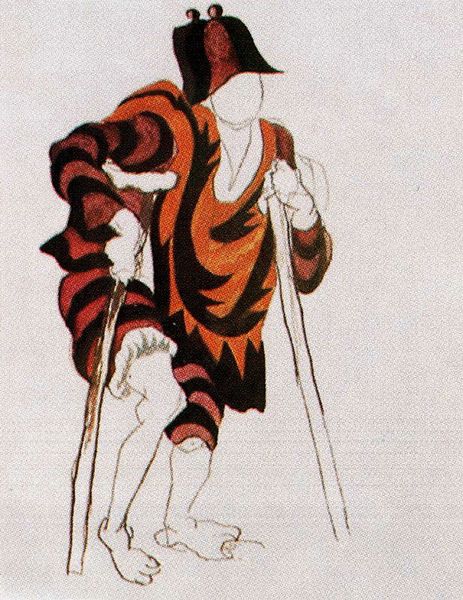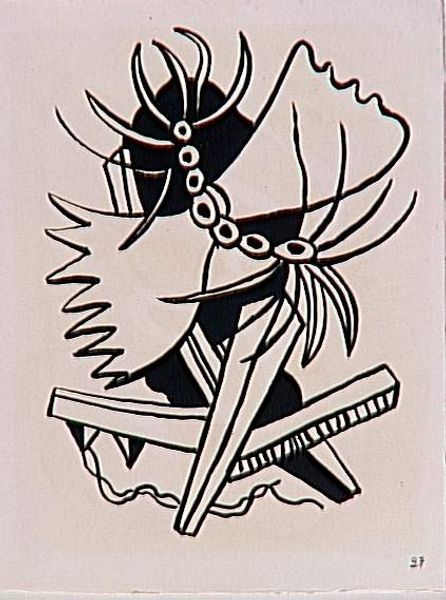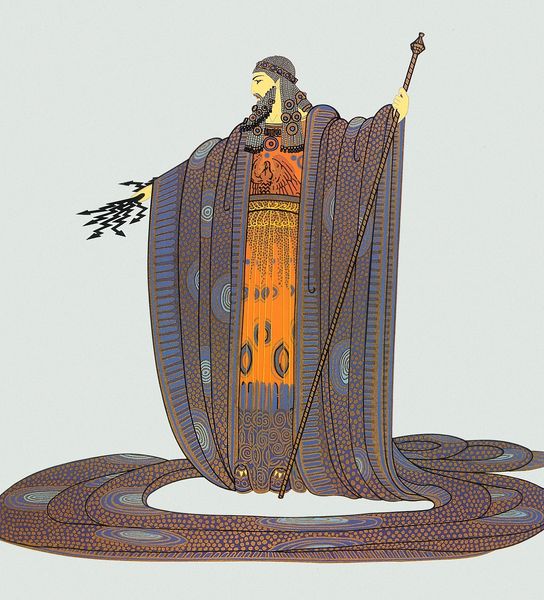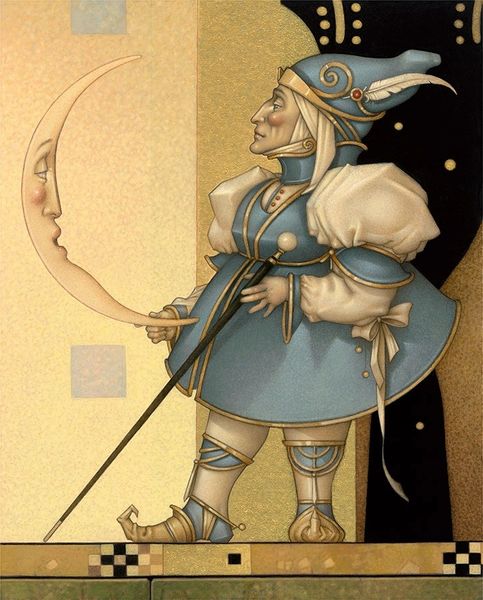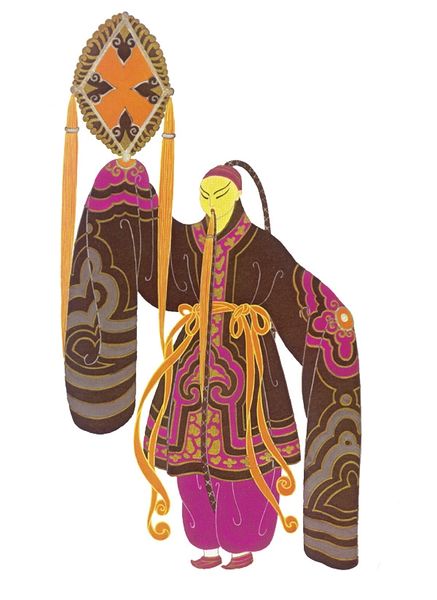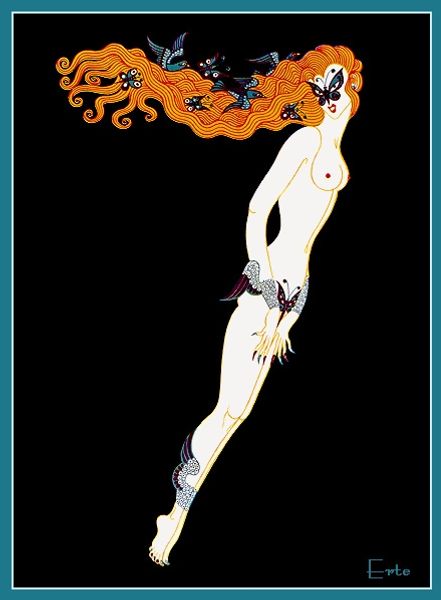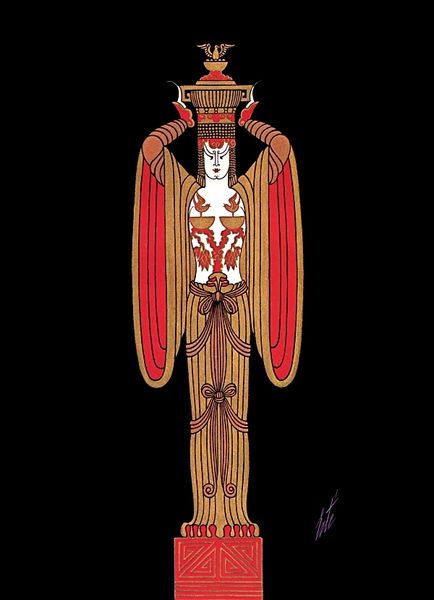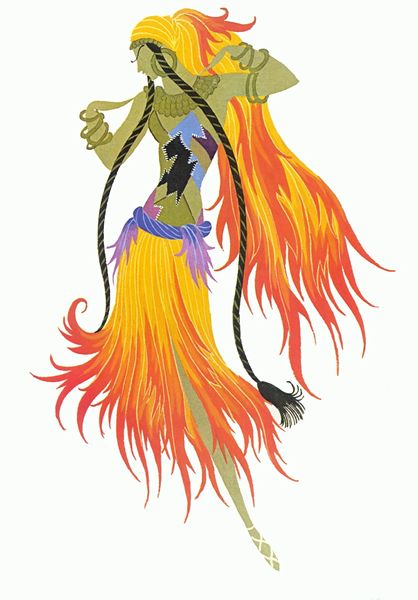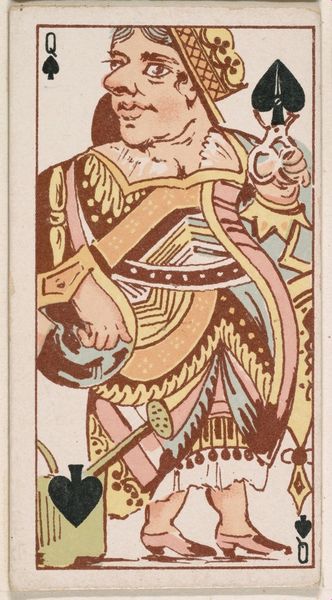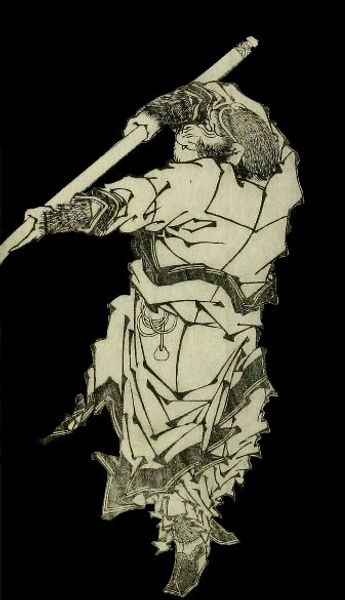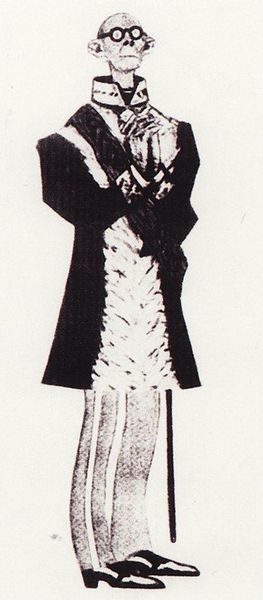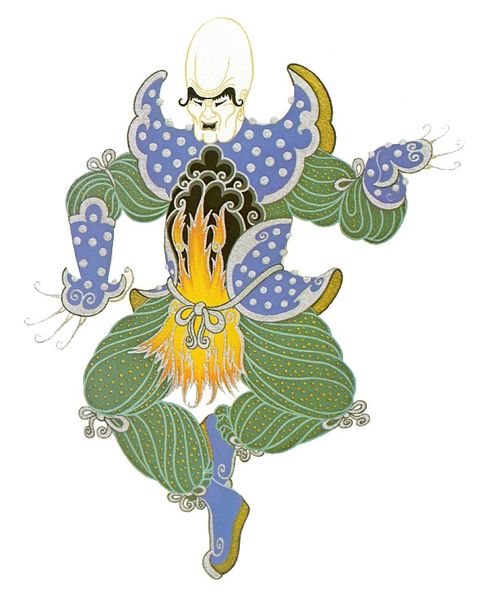
painting, paper, ink
#
portrait
#
painting
#
caricature
#
rayonism
#
figuration
#
paper
#
ink
#
male-portraits
#
geometric
#
expressionism
#
naive art
#
abstraction
#
russian-avant-garde
#
portrait art
#
modernism
Copyright: Public domain US
Editor: Here we have Natalia Goncharova’s “Mask,” created in 1915 using ink and paper. The geometric shapes give it a sort of otherworldly feel. What strikes you most about the material and process evident in this work? Curator: Well, the visible strokes of ink on paper are significant. Consider the socio-political context: 1915, World War I raging, revolutionary ferment in Russia. Materials like ink and paper were readily available and inexpensive – accessible means of production. Goncharova turns away from traditional oil painting, opting for something more immediate and, dare I say, democratic. Do you see how this shift challenges the established art hierarchy? Editor: It’s interesting to think about her material choices in that light. So, you're suggesting that the humbleness of the materials could be a statement itself? Curator: Precisely! The act of choosing these accessible materials and this particular style of making, given the cultural and political situation, elevates the status of folk art and craft while challenging academic painting traditions. Look at how she depicts the face—almost like a flattened mask or stencil. What do you make of it? Editor: It definitely removes a sense of individuality. He seems like a type, rather than a person. Almost like an icon of... well, *something*. Maybe of the pre-revolutionary era collapsing? Curator: A potent interpretation! Goncharova takes the “lowly” materials of ink and paper and uses them to portray a powerful statement of her time. The geometric abstraction of the figure, in this medium, disrupts traditional representation and speaks to the upheaval and transformation happening around her. Editor: It's fascinating how the simplicity of materials can reveal complex socio-political undertones. It’s made me rethink my perception of "low" versus "high" art forms. Curator: Exactly. Hopefully, this will challenge you to appreciate what materials are and represent going forward.
Comments
No comments
Be the first to comment and join the conversation on the ultimate creative platform.
